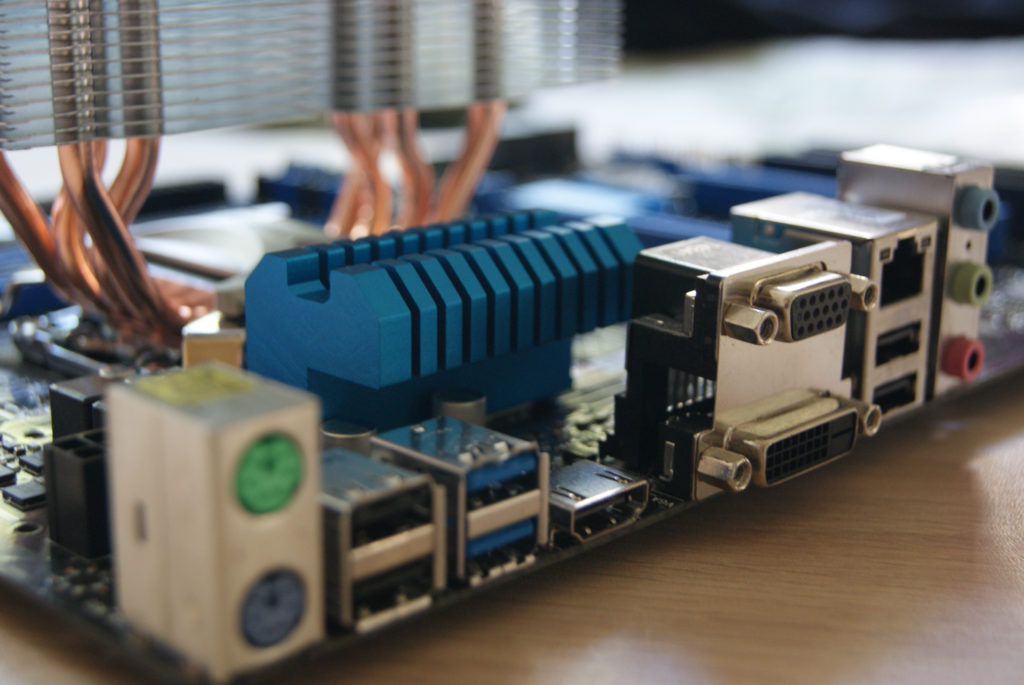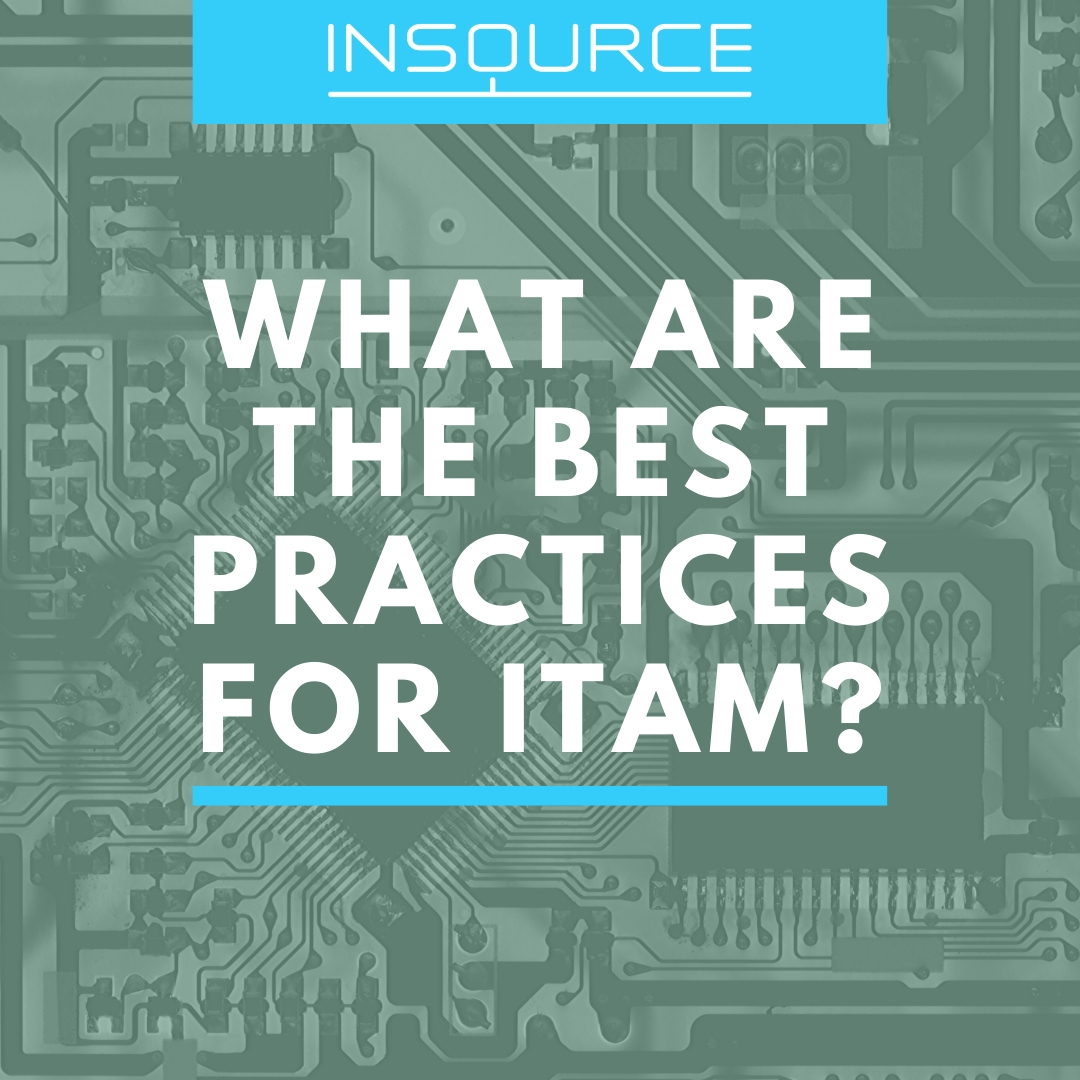IT asset management (ITAM) best practices are designed to optimize spending, help those within the IT environment make strategic decisions, and increase the entire company’s understanding of IT’s value. To do this, ITAM uses financial and contractual information as well as creates and organizes the inventory of a company’s IT assets including company-owned information, hardware, or software. ITAM helps a company make decisions that are IT-related and can cut costs, reduce waste, and lower risk by enabling a company to maximize the value of IT assets. ITAM is an ongoing process and not something that can be completed. Additionally, ITAM best practices should be implemented before there are problems as opposed to after an issue has already become apparent. Although ITAM can be challenging, it’s imperative that companies invest in the safekeeping and organization of their information and technology due to the large role they play in a company’s success. To find out some ITAM best practices to make ITAM less daunting, keep reading.

IT hardware asset management best practices
IT hardware asset management entails the tracking of physical components of computers and networks in order to create an inventory of all hardware assets in the IT department. This inventory helps you track the lifecycle of hardware including how long you’ve had components, expiration of components, etc. With this information, you can make better budgetary decisions for the future based on what you think you will need. IT hardware asset management can be made easier by using professional tools like ServiceNow which can automate and streamline the hardware asset management process. Try prioritizing your assets. Which hardware is critical to the function of your company? Put more effort into managing these high priority hardware assets. Use the lifecycle approach to manage these assets. Track hardware from requisition to deployment to decommissioning.

ITAM (IT asset management) best practices
There are some tried and true ITAM best practices that can increase profits and lower risk for your company. First, bring in a qualified group or outsource your ITAM to a group of experienced professionals. Second, begin ITAM with a clear and concise plan. ITAM is a process and it’s best to begin with clear goals so the process does not become overwhelming. Automate the ITAM processes as much as you possibly can so you can eliminate repetitive tasks and cut costs. When it comes to auditing, the ITAM best practices encourage you to keep a clear record of your software licenses and when is being deployed versus what you plan on deploying. Most importantly, you know that technology is always changing and evolving. Make sure your ITAM has a mechanism to receive feedback and adapt your processes according to this feedback. The best practices are integrated in ITAM software that automates, integrates and streamlines your ITAM like ServiceNow.

How ServiceNow improves the bottom line for asset management
ServiceNow is a cloud-based software platform designed based on ITIL guidelines to help you automate your IT asset management lifecycles. ServiceNow uses workflows to track financial, contractual, and inventory functions of your hardware, software and other IT assets. With ServiceNow ITAM, you can record maintenance activity, perform audits, see what assets you have, location of assets, how much they are costing you, and who uses them. Having full visibility of your IT inventory helps you make better decisions based on the optimization of your asset lifecycle. Automating these processes can reduce waste and repetitive tasks that bloat asset costs. Contact InSource today to talk to a ServiceNow expert.
